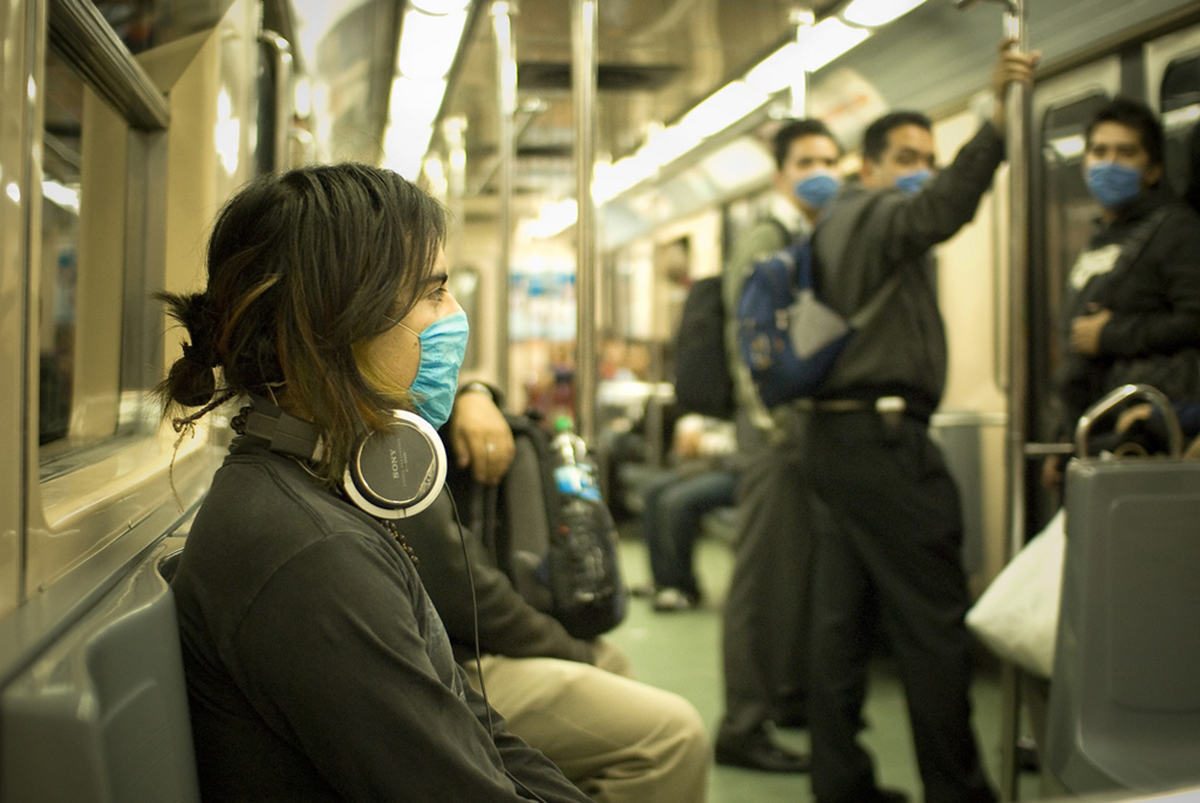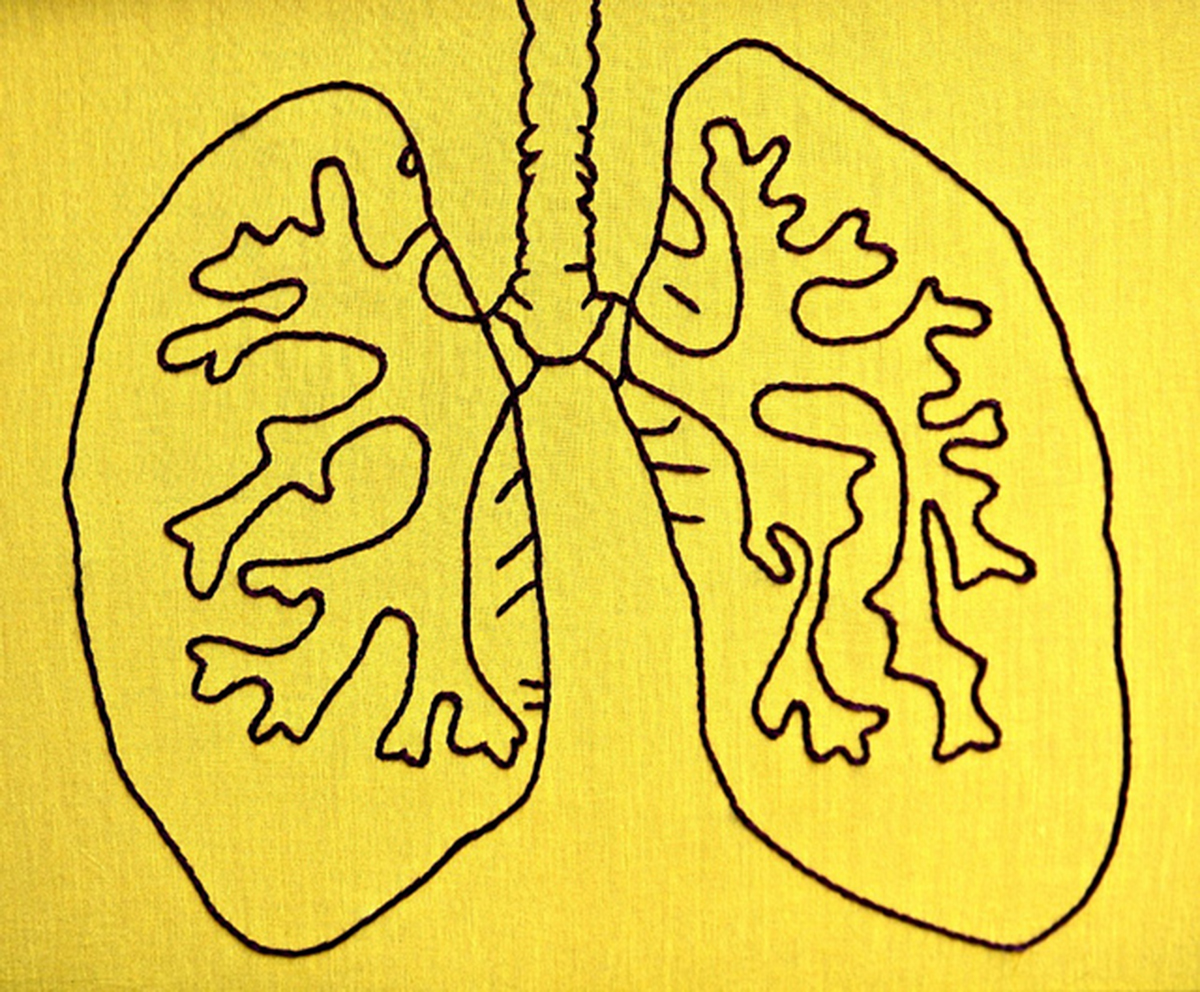Monday November 21, 2016 was the hottest day of the summer in Australia's southernmost large city, Melbourne.
The temperature soared to 35 degrees C (95 degrees F). There was a line of thunderstorms visible north of the city, and a hot, gusty wind blew out from them, but there was no relief from the heat in the city itself. However, when the winds blew in, thousands of people suddenly got sick.

That afternoon over 8,500 residents of Melbourne went to emergency rooms for asthma treatment. Their asthma symptoms were in most cases unmistakable. There would be a feeling of having a belt or a band across the chest. At first, it might not interfere with physical activity. Some Melbournians who were later hospitalized even were able at first to participate in sports. In a few hours, however, mild discomfort with or without allergy symptoms progressed to gasping for breath for thousands, and eight people died.
Thunderstorm Asthma on a Clear, Dry Day
Thousands of casualties resulted from an invisible event called "thunderstorm allergy." North of Melbourne there are huge pastures of ryegrass, about four million hectares (nearly 10 million acres) to Melbourne's north and west. The thunderstorms swept tons of pollen into the clouds, and their winds pulverized it into fine dust. The dust came into the city the outflow from the storms, even as it remained dry. So many people developed asthma that within an hour the emergency services were taking one call every four and one-half seconds. Hundreds of people were judged to be at immediate risk of death in the city's 10 overflowing emergency rooms.
Melbourne's emergency is not a commonplace event, but it is hardly unique. Just in the UK, US, Australia, and Canada, there have been at least 35 mass casualty events related to pollen. Thunderstorm asthma has been recorded in Wagga Wagga, Atlanta, Calgary, Ottawa, Cambridge, Nottingham, Peterborough, Eugene (Oregon), and also in Athens (Greece). The problem is most acute in areas where there are well-tended and well-watered pastures and lawns of blooming grasses, the moisture for the grasses contributing to problems with algae and mold.
A Toxic Mix of Pollens and Microorganisms
Thunderstorm asthma isn't just a reaction to grass pollens. In Canada, the problem plants are more likely to be amaranth or canola. In England, thunderstorms may pick up algae or fungus spores. Mold is a problem in the southeastern US. Allergens accumulate seven to even seventy times their usual concentrations in the air, and the violent winds of the thunderstorm pulverize pollens that might otherwise by filtered out by nose hairs and mucus.
Even when there aren't public health emergencies, thunderstorms greatly increase the numbers of patients seeking emergency treatment of asthma symptoms. One study found that ER admissions for asthma run about 2 percent of the total on non-thunderstorm days, and 17 percent on days when there is warm-season stormy weather. During thunderstorms, even people who don't usually have asthma may have to be treated for symptoms. If you have hay fever, chances are that you are susceptible to thunderstorm asthma. It's just a matter of degree.
How Can You Be Prepared for Thunderstorm Asthma?
When thousands of people are all seeking emergency care for asthma, you will want to have been prepared. There are things you can do to minimize your risk of not being able to get the help you need in an asthma emergency.
- Even if you don't "have asthma," you can come down with asthma during a thunderstorm. Especially if you live in a region where there are pastures or grass farms (there are over 1,400 turf farms in the US alone), be ready to go inside an air conditioned house or office when you see summer thunderstorms on the horizon. Minimizing your exposure to pollen, mold, and dust minimizes your risk of sudden and severe asthma.
- If you are allergic to grass pollens, keep a face mask on hand for use when you see thunderstorms in the distance. Grass pollens are so large that they are usually trapped in the nose. They cause sneezing, sniffling, and other symptoms of hay fever, but the pollen grains are usually too large to go into the lungs. When a thunderstorm pulverizes grass pollen, however, it can cause asthma. Keep a face mask on hand so you don't breathe in the pulverized pollen that can trigger symptoms in your lungs.

- Pay attention to your local allergy forecasts. Any time the pollen count of any grass or weed or mold exceeds 50 grains per cubic meter, a thunderstorm can trigger worse allergies than usual.
- A haboob (dust storm), such as is common in the American Southwest and in southwestern Asia in summer, can kick up disease-causing bacteria but usually does not trigger pollen-related asthma attacks. When there is no rain, asthma attacks don't become more frequent.
- Children who are already on inhalers usually do not get asthma attacks during thunderstorm asthma emergencies. The children who are most likely to be affected (and who most need to have their outdoor activities curtailed) are those who have hay fever but not asthma. A thunderstorm asthma emergency may be the first time they have asthma.
READ Naturopathinc Treatment: Natural Remedies For Asthma
- The effects of thunderstorms on asthma are made worse by the presence of nitric oxide or sulfur pollution in the air. If you live near a highway, or near smokestacks, or in a city with poor air quality generally, the effects of thunderstorms on air quality are magnified. A combination of an ozone warning day and a thunderstorm signals a much higher risk of asthma.
- Diet can make the difference between a mild asthma attack and a severe asthma attack. Eating fresh fruits and vegetables every day provides your body with quercetin, a plant antioxidant that has some of the same effects on asthma and allergy as the medication Cromolyn sodium. Apples and grapefruit are especially good sources of quercetin. (People who take certain medications should avoid grapefruit; your doctor will tell you about this.) It can also help to take vitamin B12, especially if you are over the age of 60 or you have digestive problems.
- Dabrera G, Murray V, Emberlin J, Ayres JG, Collier C, Clewlow Y, Sachon P. Thunderstorm asthma: an overview of the evidence base and implications for public health advice. QJM. 2013 Mar. 106(3):207-17. doi: 10.1093/qjmed/hcs234. Review. PMID: 23275386.
- Grundstein A, Sarnat SE, Klein M, Shepherd M, Naeher L, Mote T, Tolbert P. Thunderstorm associated asthma in Atlanta, Georgia. Thorax. 2008 Jul. 63(7):659-60. doi: 10.1136/thx.2007.092882. PMID: 18587040.
- Photo courtesy of eneas: www.flickr.com/photos/eneas/3471986083/
- Photo courtesy of eneas: www.flickr.com/photos/eneas/3471986083/


Your thoughts on this